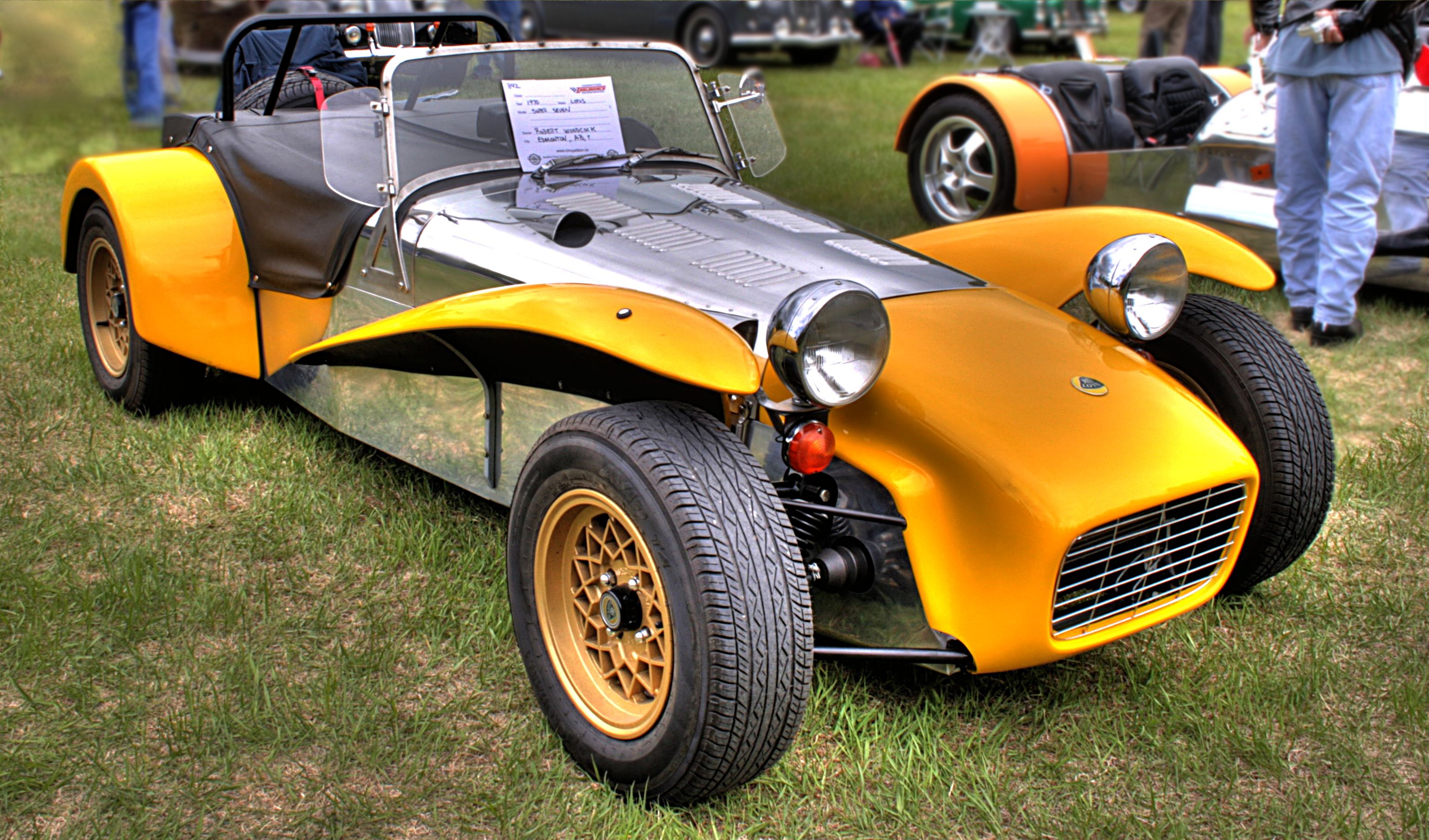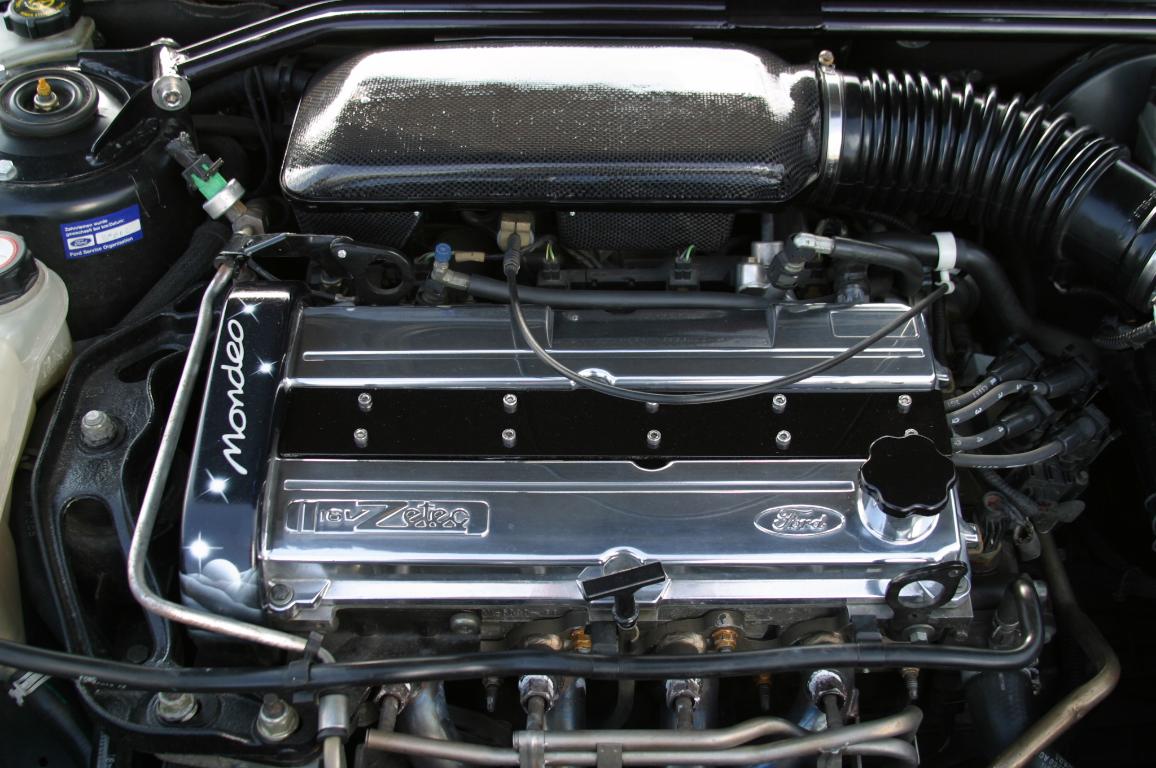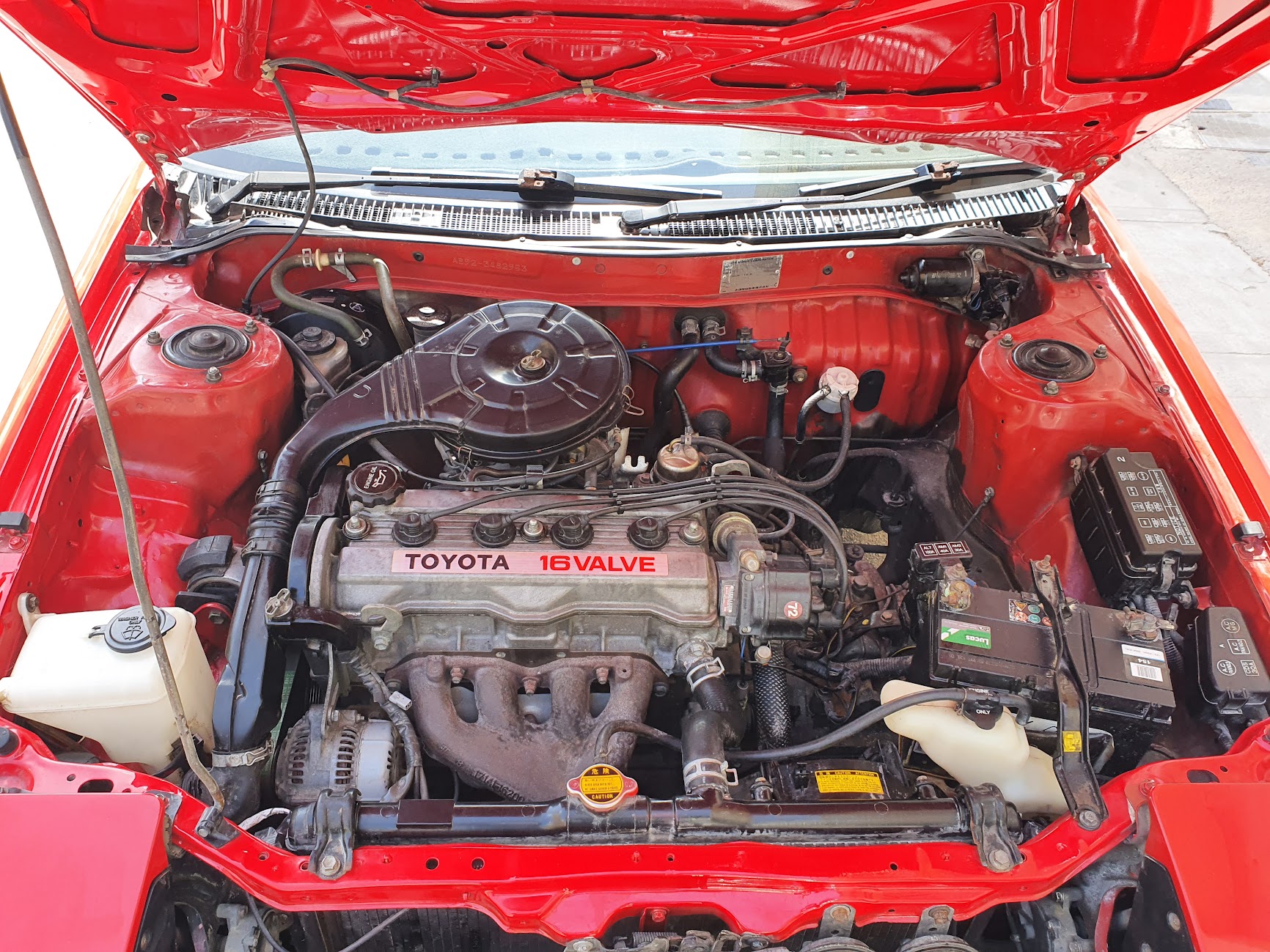|
Sylva Striker
The Sylva Striker is a model of Sylva kit-car based on the Lotus Seven. The Striker has proved popular and successful on UK race tracks, most notably in the kit-car race series run by the 750 Motor Club. In 2002, Raw acquired the rights to the Striker and made a number of modifications and variations. Development The car was a radical evolution from the Star and Leader models, dropping the Viva donor car in favour of purpose-built suspension and lighter bodywork. The car was aimed at two markets, the home car builder that required an economical kit that could be built using readily available mechanics tools and the more demanding race car builder who favoured good handling and simple design. Technical details and variations The Striker was available in kit form, and could be built with a variety of engines, for example a Ford Crossflow, Ford Zetec, Toyota Twin-cam or even a motorcycle engine. These cars have high power-to-weight ratios and are best enjoyed in the summer due to ... [...More Info...] [...Related Items...] OR: [Wikipedia] [Google] [Baidu] |
Sylva Autokits Ltd
Sylva Autokits is a kit car manufacturer based in Lincolnshire, England. Sylva was founded in 1981 by Jeremy Phillips and has developed and produced a number of small and lightweight sports cars. Sylva cars have won a number of 750 Motor Club Kit Car championships. Sylva has sold many of its older designs to other kit car manufacturers, such as selling the Fury to Fisher Sportscars, the Stylus to Specialist Sports Cars, and the Striker to Raw. By doing so, Sylva has been able to focus on newer designs such as the current Sylva Mojo 2 and R1ot. Models Star The first Sylva car launched in 1982. The Sylva Star kit was based on a purpose-built two-seater chassis using the front subframe and the rear axle from a donor Vauxhall Viva. The car was most often powered by 1300 and 1600 four-cylinder Ford Kent crossflow engines, though other engine options were available. The Sylva Star was the first in a long line of small, agile two-seater open-top cars produced by Sylva. Leader ... [...More Info...] [...Related Items...] OR: [Wikipedia] [Google] [Baidu] |
Lotus Seven
The Lotus Seven is a small, simple, lightweight, two-seater, open-top, open-wheel, sports car produced by the British manufacturer Lotus Cars (initially called Lotus Engineering) between 1957 and 1972. It was designed by Lotus founder Colin Chapman and has been considered the embodiment of the Lotus philosophy of performance through low weight and simplicity. The original model was highly successful with more than 2,500 cars sold, due to its attraction as a road legal car that could be used for clubman racing. After Lotus ended production of the Seven, Caterham bought the rights and today Caterham makes both kits and fully assembled cars based on the original design known as the Caterham 7. The Lotus Seven design has spawned a host of imitations on the kit car market, generally called ''Sevens'' or ''Sevenesque'' roadsters. History The Lotus Seven was launched in 1957 to replace the Mark VI as the 'entry-level' Lotus model, The Seven name was left over from a model th ... [...More Info...] [...Related Items...] OR: [Wikipedia] [Google] [Baidu] |
750 Motor Club
750 Motor Club is a motor racing club in the UK. It was founded in 1939 to promote the sporting use of the Austin 7. '750' refers to the near-750cc Austin 7 engine. It later led to racing and the 750 Formula where specials are raced. Famous members include Colin Chapman, Eric Broadley, Adrian Reynard, Arthur Mallock, Derek Bennett, Tony Southgate, Brian Hart, Gordon Murray, Jem Marsh, Frank Costin and Mike Pilbeam. These engineers and designers produced the first Lotus, Lola, Chevron, Speedex, Marcos, Pilbeam and other sports and racing cars between the 1940s and 1960s. The 750MC has continued to promote competitive, low-cost racing for enthusiasts, with a range of championships for production and racing sports cars, saloons and single-seaters. Series and Championships 750 Formula Championship The world's oldest sports prototype formula, with all cars using the 1.1 litre Fiat FIRE engine. There are three classes: *Class A: All competitors compete in this category. *Class B: D ... [...More Info...] [...Related Items...] OR: [Wikipedia] [Google] [Baidu] |
Raw Striker
Raw Striker Ltd. (formerly Raw Engineering) was a kit car manufacturer established in 1999. In 2002 they acquired the rights to the Sylva Striker kit car, which they have since modified and on which the Fulcrum is based. It is based in Shelwick, just north of Hereford. In August 2010 the company was purchased by Callum and Jeremy Bulmer from the original owner Mel Coppock. Raw Striker was acquired by ''MK Automotive Ltd.'' in 2021. Cars Raw manufacture three models, which use very similar chassis and layout. The Striker, Fulcrum and Phoenix. Striker The Striker can be bought as a self-build kit, or as a partly or fully built car. The original Raw Striker was substantially the same as the Sylva Striker, with minor changes. It is a lightweight, spartan, sports car, with a FMR layout. There is a large range of suitable engines, though Raw themselves specialise in the Toyota 4AGE engine. The Striker is a successful racing car with particular success in 750 Motor Club races ... [...More Info...] [...Related Items...] OR: [Wikipedia] [Google] [Baidu] |
Vauxhall Viva (1963–1979)
The Vauxhall Viva is a small family car that was produced by Vauxhall in a succession of three versions between 1963 and 1979. These were designated as the HA, HB and HC series. The Viva was introduced a year after Vauxhall's fellow GM company Opel launched the Opel Kadett A. Both cars were a result of the same General Motors project and share the same floorpan and engine constructions, but with one main difference being the use of metric measurements for the Opel and imperial ones for the Vauxhall. They are also visually similar, however few components are interchangeable and the cars are thus not "sister models" or versions of one another. A van version was also produced, as the Bedford HA. In the UK the Viva's principal competitors at the time of its launch included the well-established Ford Anglia and Morris Minor. The third generation HC series was the last solely Vauxhall designed passenger car when it ceased production in 1979, since all future Vauxhalls would be bad ... [...More Info...] [...Related Items...] OR: [Wikipedia] [Google] [Baidu] |
Ford Kent Engine
The Ford Kent is an internal combustion engine from Ford of Europe. Originally developed in 1959 for the Ford Anglia, it is an in-line four-cylinder pushrod engine with a cast-iron cylinder head and block. The Kent family can be divided into three basic sub-families; the original pre-Crossflow Kent, the Crossflow (the most prolific of all versions of the Kent), and the transverse mounted Valencia variants. The arrival of the Duratec-E engine in the fifth generation Fiesta range in 2002 signalled the end of the engine's use in production vehicles after a 44-year career, although the Valencia derivative remained in limited production in Brazil, as an industrial use engine by Ford's Power Products division, where it is known as the VSG-411 and VSG-413. Since 2010, it has been actively produced in the United States factories for Formula Ford globally because of its popularity in motorsport. The name This series of engines became known as the Kent engine because Alan Worters, ... [...More Info...] [...Related Items...] OR: [Wikipedia] [Google] [Baidu] |
Ford Zetec Engine
Ford Motor Company used the Zetec name on a variety of inline 4-cylinder automobile engines. It was coined to replace "Zeta" on a range of 1.6 L to 2.0 L multi-valve engines introduced in 1991 because Ford was threatened with legal action by Lancia who owned the Zeta trademark. The company used the name widely in European advertising and later introduced it to the North American market with the Contour. The Zetec name was so recognized that Ford decided to apply it to other high-tech four-cylinder engines. It is used across many engine types in Europe today even though the original Zeta design ended production in 2004. Ford also used the "Zetec" name for a trim level designation in certain markets. A Formula One engine was produced for Ford by Cosworth in 1993. The 3.5-litre Zetec R V8 was used by the Benetton team in 1994, and powered Michael Schumacher to his first World Championship title. Engine reference The Zetec name has been used on many different engines: ... [...More Info...] [...Related Items...] OR: [Wikipedia] [Google] [Baidu] |
Toyota A Engine
The Toyota A Series engines are a family of inline-four internal combustion engines with displacement from 1.3 L to 1.8 L produced by Toyota Motor Corporation. The series has cast iron engine blocks and aluminum cylinder heads. To make the engine as short as possible, the cylinders are siamesed. The development of the series began in the late 1970s, when Toyota wanted to develop a completely new engine for the Toyota Tercel, the successor of Toyota's K engine. The goal was to achieve good fuel efficiency and performance as well as low emissions with a modern design. The A-series includes one of the first Japanese mass-production DOHC, four-valve-per-cylinder engines, the 4A-GE, and a later version of the same engine was one of the first production five-valve-per-cylinder engines. Toyota joint venture partner Tianjin FAW Xiali produces the 1.3 L 8A and resumed production of the 5A in 2007. 1A The 1.5 L 1A was produced between 1978 and 1 ... [...More Info...] [...Related Items...] OR: [Wikipedia] [Google] [Baidu] |
Power-to-weight Ratio
Power-to-weight ratio (PWR, also called specific power, or power-to-mass ratio) is a calculation commonly applied to engines and mobile power sources to enable the comparison of one unit or design to another. Power-to-weight ratio is a measurement of actual performance of any engine or power source. It is also used as a measurement of performance of a vehicle as a whole, with the engine's power output being divided by the weight (or mass) of the vehicle, to give a metric that is independent of the vehicle's size. Power-to-weight is often quoted by manufacturers at the peak value, but the actual value may vary in use and variations will affect performance. The inverse of power-to-weight, weight-to-power ratio (power loading) is a calculation commonly applied to aircraft, cars, and vehicles in general, to enable the comparison of one vehicle's performance to another. Power-to-weight ratio is equal to thrust per unit mass multiplied by the velocity of any vehicle. Power-to-weight ... [...More Info...] [...Related Items...] OR: [Wikipedia] [Google] [Baidu] |
Trailing Arm
A (semi) trailing-arm suspension, sometimes referred to as (semi) trailing-link is a vehicle axle or wheel suspension design in which one or more horizontal arms (or "links"), perpendicular to and forward of the axle, are connecting the axle or wheels with pivot joint(s) ahead of them, on the structure (unibody or chassis) of a motor vehicle. These are typically used on the rear axle or wheels of a vehicle, but also found in aircraft landing gear. Leading arms are similar horizontal arms, perpendicular to the axle, but connecting the wheels to the vehicle structure via pivot joints ''to the rear'' of them. These are typically used on the front axle or wheels, as on the Citroën 2CV and its derivatives, and on the Citroën DS, as well as on the M422 Mighty Mite jeep. Types Trailing-arm Trailing-arm designs in live axle setups often use just two or three links and a Panhard rod to locate the wheel laterally. A trailing arm design can also be used in an independent suspen ... [...More Info...] [...Related Items...] OR: [Wikipedia] [Google] [Baidu] |
Panhard Rod
A Panhard rod (also called Panhard bar, track bar, or track rod) is a suspension link that provides lateral location of the axle. Originally invented by the Panhard automobile company of France in the early twentieth century, this device has been widely used ever since. Overview The purpose of automobile suspension is to let the wheels move vertically with respect to the body. It is thus undesirable to allow them to move forward and backwards (longitudinally), or side to side (laterally). The Panhard rod prevents lateral movement. The Panhard bar is a simple device, consisting of a rigid bar running sideways in the same plane as the axle, connecting one end of the axl ... [...More Info...] [...Related Items...] OR: [Wikipedia] [Google] [Baidu] |




